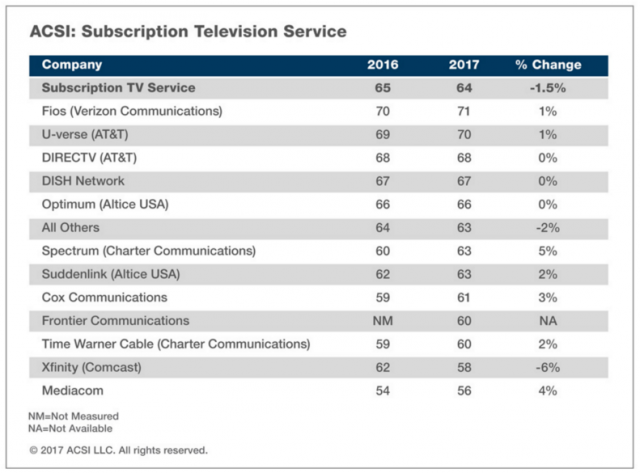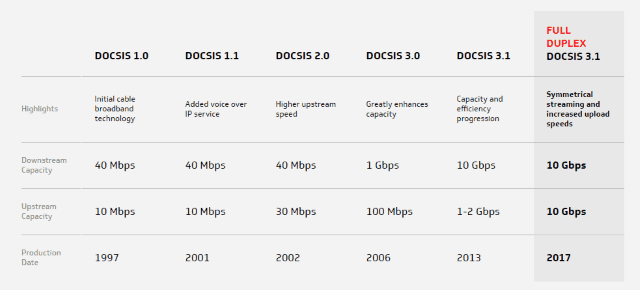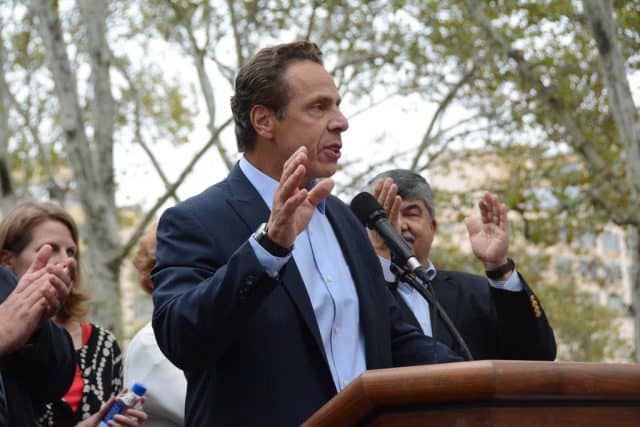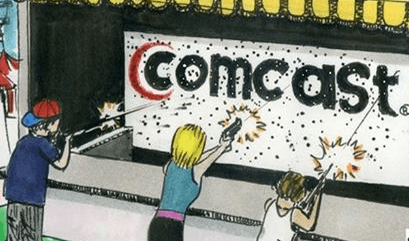 While Mediacom introduces gigabit speeds to a growing number of their customers, it also acknowledges it has one of the worst customer satisfaction scores of any cable company in the country.
While Mediacom introduces gigabit speeds to a growing number of their customers, it also acknowledges it has one of the worst customer satisfaction scores of any cable company in the country.
Company officials were in the Quad-Cities of northwest Illinois and southeastern Iowa to speak about 1,000Mbps service introduced earlier this year for its 92,000 customers in the area, according to an article in the Dispatch-Argus.
“No where else in the country has this much broadband capability,” said Phyllis Peters, director of communications for the north central division of Mediacom. “You can live in Port Byron or Ottawa or down the road in Marion or Carbondale, and you’re using the same amount of bandwidth. You have just as much demand and need for bandwidth as if you were living in Austin, Texas.”
To support the expansion, the company added nearly 30 miles of additional fiber capacity to support the faster internet speeds. But so far, fewer than 250 customers in the area have upgraded to gigabit speeds. Most seem content with paying less for slower speeds, but that does not mean customers are not using their internet connections.
“We’ve been looking at an internet business that has been growing,” said J.R. Walden, senior vice president of technology and chief technology officer for Mediacom. “The bandwidth is growing at as much as 65 percent a year for close to 20 years. It means we have to double the size of the network every 18 months.”

Walden
Walden claims that once gigabit speed is embraced by a larger number of their customers, they will contemplate another upgrade to 10Gbps speeds.
Along with faster wired internet, Mediacom has also been installing Wi-Fi hotspots for its customers. XStream Wi-Fi is available to non-customers for a 30-minute trial or unlimited use during certain special events. Mediacom’s broadband customers get free unlimited access by logging in with their Mediacom username and password.
The cable company has 249 Wi-Fi hotspots in Moline, Rock Island, East Moline, Silvis, Davenport and Bettendorf, mostly in business districts or around event venues. Mediacom customers can also use their credentials to access Wi-Fi from other nearby cable operator-operated hotspots, notably those belonging to Comcast, which dominates in Illinois.
The cable company has also been promoting its internet program for the income-challenged. Connect2Compete is a $9.95-a-month internet service for families with at least one student in kindergarten through 12th grade who qualifies for the federal school lunch program. But like most cable companies, Mediacom’s first interest is to protect its own revenue, so it excludes current customers from enrolling if they already scrape enough money together to pay for regular broadband service or who have a past-due balance or unreturned equipment from an old disconnected account.

The American Consumer Satisfaction Index rates Mediacom dead last in 2017.
That is one of the many reasons Mediacom’s customers dislike the company. It perennially scores dead last among all the nation’s cable operators in Consumer Reports’ annual surveys. The Better Business Bureau has also documented multiple bad reviews and KWQC-TV in Moline reports Mediacom’s internet service is notorious for its repeated outages:
JoEllen Seibel said she’s used the company for internet for the last 8 years and has had little to no connection for the last four months.
“It’s all day long, all day long we get no reception.”
Seibel said technicians have come to her house multiple times to fix the problem but is still without service.
“It makes me frustrated if something is really going on on their end that’s what they need to tell their customers or something instead of just sending someone out.”
Nathan, another Mediacom customer, complained to the Better Business Bureau his internet service is completely unreliable.
“As much as I was excited about our internet speeds, they are never persistent. Internet goes out at least ten times a day,” he told the BBB.
Glendon adds Mediacom advertises fast internet speeds it cannot reliably provide its customers.
“I subscribe to 150/30Mbps internet. I rarely get 150 down, usually 50-60, and during peak [usage periods], [speeds drop] into the teens,” he complains, noting things have not improved despite multiple technician visits and a manager’s intervention.
“Very incompetent company that doesn’t seem to care if they’re billing you for a service they can’t provide,” is Glendon’s conclusion.
“We’re not unaware that some of the customer satisfaction scores put out by third-party organizations have had us on the lower end and we think we can do better and to some extent deserve a better score and we’ve been working on that,” Walden told the TV station.
 Charter Communications will have 30 days to fix alleged problems affecting Lexington, Ky.’s cable subscribers or the company could face fines of $500 a day for each violation.
Charter Communications will have 30 days to fix alleged problems affecting Lexington, Ky.’s cable subscribers or the company could face fines of $500 a day for each violation.

 Subscribe
Subscribe CableLabs has resolved the cable industry’s long-standing competitive disadvantage with fiber optic broadband with the introduction of a Full Duplex (FDX) DOCSIS 3.1 specification.
CableLabs has resolved the cable industry’s long-standing competitive disadvantage with fiber optic broadband with the introduction of a Full Duplex (FDX) DOCSIS 3.1 specification.

 Spectrum customers in Manhattan, parts of Brooklyn, and Queens are decidedly caught in the middle, enduring more than 130 outages — some taking out service for hours, as a result of alleged repeated vandalism the company suspects is caused by striking workers. But the union notes Charter’s replacement workers are often unqualified, some taking hours to manage repairs that would “take us 10 minutes.” When Charter doesn’t have enough workers on hand to manage a repair, they call in third-party contractors. Some of them were on hand to deal with fiber optic cable cuts that took out Spectrum service for tens of thousands of customers, often in Queens and Brooklyn.
Spectrum customers in Manhattan, parts of Brooklyn, and Queens are decidedly caught in the middle, enduring more than 130 outages — some taking out service for hours, as a result of alleged repeated vandalism the company suspects is caused by striking workers. But the union notes Charter’s replacement workers are often unqualified, some taking hours to manage repairs that would “take us 10 minutes.” When Charter doesn’t have enough workers on hand to manage a repair, they call in third-party contractors. Some of them were on hand to deal with fiber optic cable cuts that took out Spectrum service for tens of thousands of customers, often in Queens and Brooklyn.





